Women of colour are paving the way forward to be inclusive to all
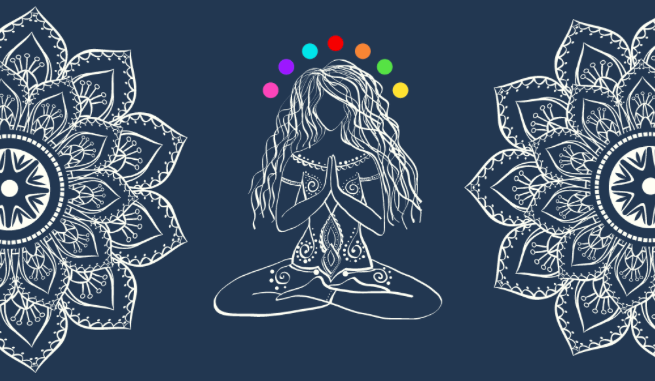
Robin Lacambra first entered the health and wellness industry in the year 2005. She was 19 and after being one of the few people of colour at school, she was on the hunt for a place where she could say she belonged.
“I was a fat little brown girl who was a nerd, and in a predominantly white institution for school. I felt like if I lost weight, then it would maybe erase the fact that I was brown and that I was a nerd,” she said. “Unfortunately, my entry into wellness was illness — (my) eating disorder and body dysmorphia, that was a manifestation of racism.”
She went to the studio and was excited to finally find belonging in a community. “Up until that point all of my exercise had been alone, like running and doing pilates alone in my basement,” she said. “For the first time in my life, I felt like I could participate in something as a team.”
But upon entering the studio, Lacambra was immediately disappointed. She felt like an individual rather than part of a collective group because her instructors were not open to hearing about stories of her personal pains and trauma, and notably, they were all white.
I have worked in the health and wellness industry since I was 19. The whiteness and ignorance towards marginalized peoples’ lived experiences is something that pervades through the industry to this day. I have witnessed white women forgo the spiritual and healing aspects of the wellness sector to serve their own interests — a former white colleague of mine went so far as to use the most symbolic sign in Hinduism, the ‘Om’ sign, to promote herself and make her business more “spiritual.”
Her actions symbolized a larger problem in the health and wellness industry that has permeated the field for decades. This industry has profited immensely from the appropriation of South Asian religions like Hinduism and Buddhism, as well as from practices belonging to Indigenous spirituality, through the commodification of the rituals and symbols of these religions. Its profiteers include rich, thin, middle-aged and able-bodied white women who try to pass them off as their own.
The ‘Om’ sign, for instance, is a sacred syllable in Hinduism that is chanted in prayers and meditation, according to Britannica. The syllable embodies the essence of the entire universe and is nothing less of a characterization of the power and being of the gods. The sign starts to lose its meaning when appropriated to be used for business purposes rather than to respect and acknowledge its history.
Lacambra now owns GoodBodyFeel movement studio in Hamilton, Ont. She says that white leaders in the wellness industry often act from a position of defensiveness when called out on this type of behaviour. “These white leaders in these spaces will not willingly sit in the hot seat with humility and (engage in) generous listening,” she said. “They will rather waste all of their energy on defending why they should be allowed to capitalize off of religious symbols (from religions) that they don’t belong to.”
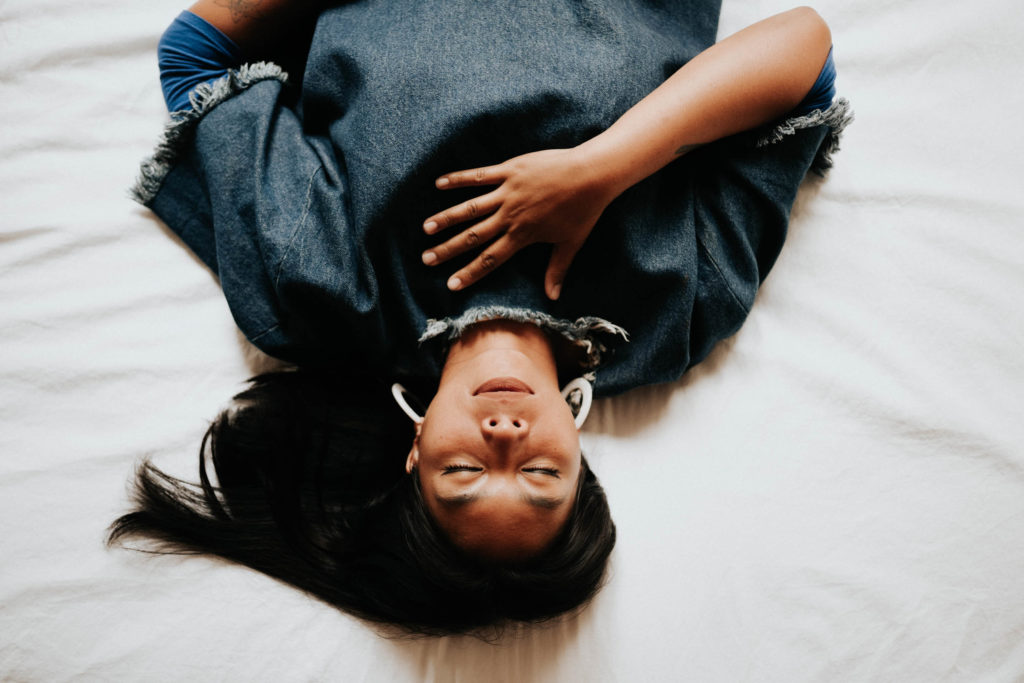
Lacambra is aware of how white wellness instructors in the industry continuously exploit Hinduism and other religions. She says one of her former white teachers dresses herself in a sari and forehead bindi and practises ancient dance rituals meant to mimic goddesses of Hindu mythology to post them all over her social media feed. “She wears the culture, so her Instagram feed is just her painting and dressing herself like a South Asian person, and it’s just so terrible,” she said.
“Why does a white woman wearing a sari and a bindi get to wear that and own a yoga studio and capitalize off of it?” she said.
The health and wellness industry’s history of toxicity and appropriation
The health and wellness industry is worth over $4.5 trillion globally, according to the Global Wellness Institute (GWI). The industry sees most of its profits go toward predominantly white countries like the United States ($52.5 billion), Australia ($9.5 billion), the United Kingdom ($9.0 billion) and Germany ($6.4 billion), according to GWI. Gwyneth Paltrow is an American actress and the founder of Goop, a wellness and lifestyle brand where she sells a variety of products geared toward spirituality. She occupies much of the pop culture and media space with her outrageous antics, like claiming that she was the first person to do yoga or that she started the face mask “trend” during the pandemic. Other notable household names include Elle Macpherson who founded WelleCo, Cindy Crawford’s Urban Remedy, Maria Sharapova’s SuperGoop and more.
Cultural appropriation is the unacknowledged or inappropriate adoption of customs, symbols, practices and rituals of one group’s culture by a group that is seen as more dominant than the other in society. This behaviour runs rampant, largely at the hands of white women in the wellness industry, and is amplified in popular culture.
The result of having mainly white people take over and become the new face of the industry has allowed them to make a profit off of cultures they do not accurately represent, nor do they learn enough about to be able to accurately teach them. One of the most prominent examples of this would be James Arthur Ray, a self-proclaimed “spiritual guru” who ran wellness retreats using Indigenous practices and rituals such as smudging and sweat lodges. Smudging is a ceremony common to Indigenous peoples in North America, to purify or cleanse one’s soul of negative thoughts, according to Indigenous Corporate Training Inc. The smoke from the burnt leaves in the ceremony work to heal the mind, body and spirit. Sweat lodges are similar soul purification ceremonies where participants enter the lodge (particularly chosen on sacred land), strip their clothes and engage in prayers around heated rocks — with each rock representing a different need.
While Indigenous peoples have long been ostracized and discriminated against for carrying out these practices, Ray went to jail for murdering three people at a sweat lodge and bounced back from the incident to start their new career in the industry. White people in the industry ultimately marginalize people of colour in the field, take advantage of their labour and identities, and engage in practices harmful to others and in the community.
“Namaste.”
This phrase means ‘hello’ in Hindi, yet one might be fooled of its meaning considering the hordes of white women in the wellness industry who use it as a traditional means of ending a yoga session.
Yoga, a common activity individuals in the wellness industry engage in, is a physical and mental practice that focuses on achieving higher levels of spirituality to connect one’s self to the gods and ultimately achieve liberation, according to the Hindu American Association. Yoga is mentioned in ancient Hindu texts such as the Bhagavad Gita, the Upanishads and the Vedas, to symbolize the path to liberation.
But, in the North American context, yoga has been turned into a self-care and fitness activity, divorced from its true meaning of spiritual practice. Once upon a time in the 1700s, India was colonized by the British and yoga was banned, with yogis painted out to be flamboyant freaks who needed to be controlled. The British depleted the country’s resources, looted their wealth and committed what is akin to cultural genocide for roughly 200 years until the nation gained independence in 1947, according to Breathe Together Online. Throughout this period of colonization, Swami Vivekananda brought the first wave of yoga to Western society in 1893, providing less context for its Hindu roots and selling it as a method of self-care to appeal to Western capitalist audiences, according to researcher Olivia Bartholomew for the International ResearchScape Journal.
This practice continued through to the 1920s with numerous other yoga missionaries who attempted to make yoga more appealing to largely Christian audiences, creating links to Christianity and emphasizing its physical aspects. Eventually, the commercialization of the practice boomed in the 1970s, in line with the “hippie movement” that emphasized peace, love and a washed-down version of spirituality. The support behind India’s “ahimsa” or non-violence movement of the 1950s was revived and the exoticization of Hinduism was fuelled into a raging business that hasn’t looked back since.
Other aspects of the health and wellness industry originate from Ayurvedic practices and interpretations of Hindu texts from 5,000 years ago, according to the National Ayurvedic Medical Association. Chakras, the seven wheels of energy in the body that keeps one’s soul, body and mind in check, stem from Ayurveda rituals that connect us to the universe and our higher spiritual selves, according to Chopra. Each disk hosts a specific meaning and are metaphysical, yet chakra products are commodified and sold on Goop, Amazon, Etsy and other platforms with promises of “raising your vibrations.”
Ayurvedic practices also include using food and herbs for their medicinal qualities. Diets are a staple of many wellness resorts and hotels, with an emphasis on weight loss that further contributes to unhealthy eating habits and skews perceptions on what it means to be healthy and well.
Wan Lu, a Taiwanese registered dietician and owner of Essence of Life Organics, a zero-waste shop in Kensington Market, says that the prevalence of white practitioners in the health and wellness industry have made it harder for her to provide BIPOC communities with diet suggestions. She finds that foods aligning with Canada’s food guide only place an emphasis on Western foods. “As an Asian person and belonging to a culture that rarely uses plates to eat with, this simple assumption discriminates against many cultures and ethnicities. I have also found it very difficult to use with patients of different ethnicities,” she said.
White-owned wellness spaces have also been subject to criticisms of their inability to cultivate a safe environment for members of marginalized communities.
Misfits Studio, a wellness studio located in downtown Toronto, was alleged to be one of these spaces. In the summer of 2020, a number of instructors and students of colour quit the studio in light of allegations that the white owner cultivated an unwelcoming environment for people of colour to cater to their more privileged counterparts.
While the studio has a lot of work to do to repair harms with various excluded communities, Lacambra, who once worked at the studio, points out that the owner is an example of someone who has been working toward change and accountability, and that what happened at the studio is not isolated to the one space — it’s institutional. “The system, the culture is the problem,” she said. “It’s the [same] way that we would talk about institutionalized racism, how it can be almost invisible until it’s made visible.”
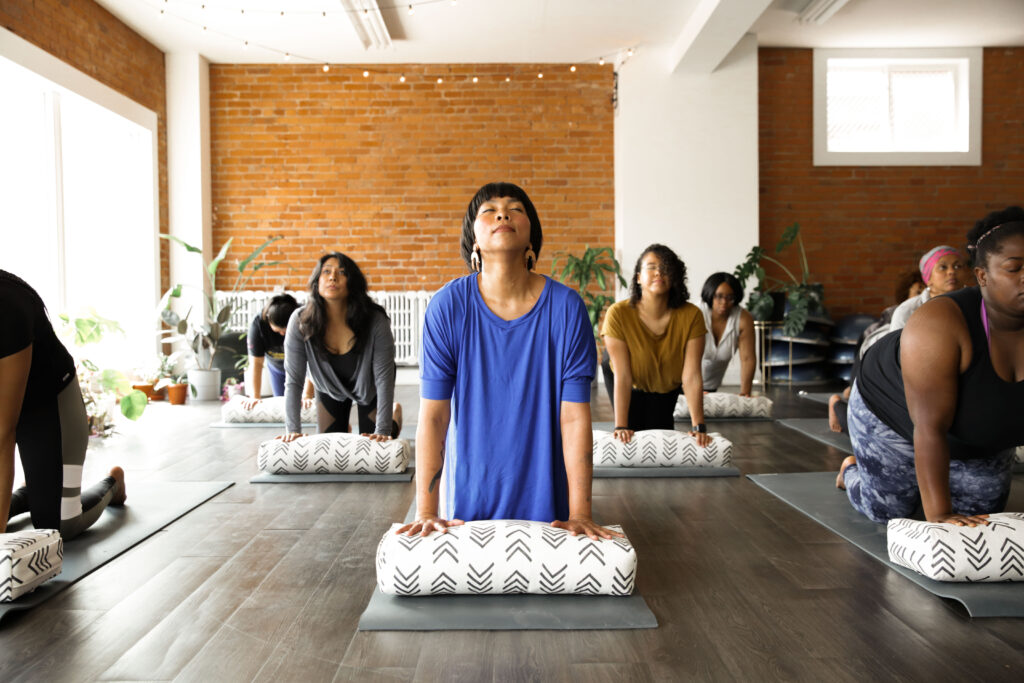
Feelings of ostracization at white-centric wellness spaces
Lack of a sense of community in white-owned wellness spaces is what sparked an interest in the industry for Shanelle McKenzie and Kim Knight, co-founders of The Villij, a Toronto-based wellness community. As Black women, they founded their business after witnessing a lack of diversity and accessibility in the industry.
“One thing that was in common (in white-owned wellness spaces) was the fact that it was almost a little bit cold,” McKenzie said. “You would walk in, set up your mat and nobody’s really there to greet you, there’s not that real sense of community that I was so looking for in these spaces.”
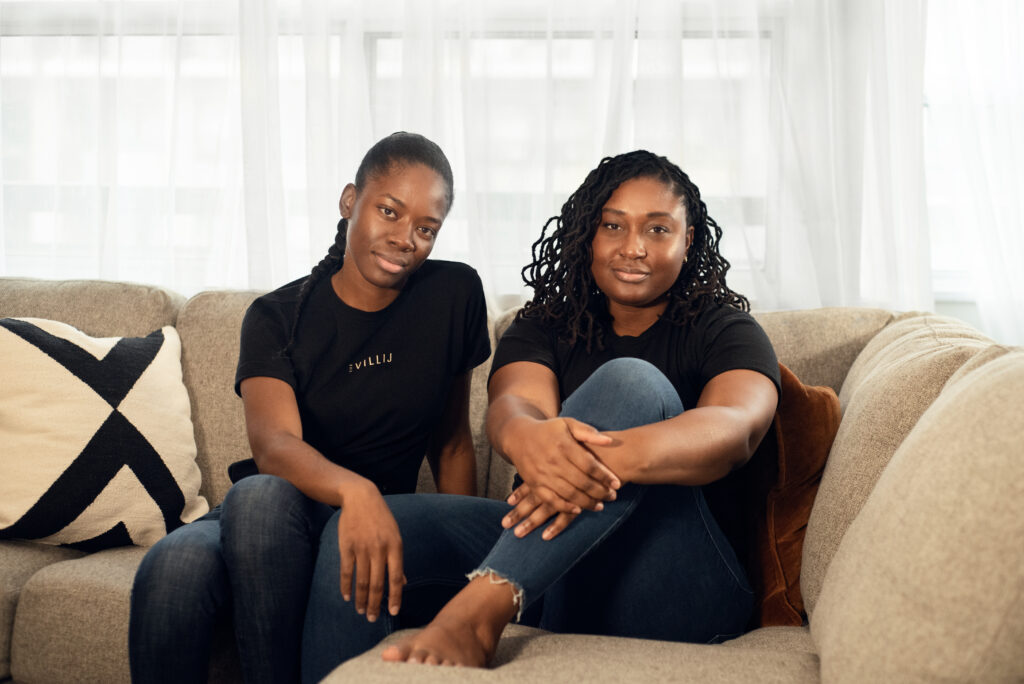
McKenzie also experienced cultural ostracization in white wellness spaces. One day, when she was attending a yoga class, her teacher offered head massages without her consent and then put her hands in her wig. “I felt really small and really uncomfortable,” she said.
“I don’t fault the teacher for this, but I do recognize that there are cultural differences that if she were a person of color she might have known.”
Lacambra understands the exclusion and marginalization felt in white-owned wellness spaces where mostly white instructors tell students to leave their problems and “emotional baggage” at the door. “There’s already so much of the racialized experience that feels like our identity isn’t allowed in (these) spaces — my very queer and disabled body is hard to deal with for them, but how can I leave that at the door? Who is allowed to be on the mat?” she asked.
Lu has also felt out of place in her career. “There have been numerous times where I have stepped back from roles or job applications that I have subconsciously felt required a white person, mostly roles in media or being a spokesperson for certain brands,” she said. “There is minimal diversity and zero representation of BIPOC in the field — even something as simple as the spelling or mispronunciation of my name has made me not apply for roles, assuming that it is too ethnic for the job position.”
The COVID-19 pandemic, however, has forced the industry to reckon with issues of lack of diversity and cultural appropriation, according to Knight. “Over the past year with COVID, a lot of things that people may have tried to push under the rug or try to ignore have come up,” she said. “I do see that people want to create change in their own spaces.”
Paving the way forward for a more inclusive industry
“The problem with the white centered spaces that I’ve occupied is this real resistance, almost as if there’s, like, an allergy towards talking about race and talking about difference and talking about trauma,” Lacambra said.
But there is hope. Women of colour are taking the industry by storm and reshaping the narratives and practices of the field. They are dismantling the historic appropriation and toxic environments that have left marginalized groups feeling ostracized and unheard.
“We may talk about some trauma that may be only specific to women of color who will understand whether it’s in the workplace or whether it’s in the home. We don’t have to explain ourselves, and that’s just such a liberating feeling, it’s very freeing,” said Knight. “We really aim to center women of color within our wellness experience so we help them to nurture their well being.”
White-owned wellness centers also need to be part of the solution if the industry is to change. “When we try to bring up our problems, they act from fragility, defense, gaslighting and they add some tone policing,” Lacambra said. “The solution is generous listening, it’s leaders of white centered wellness spaces doing the personal healing work so they can sit in the discomfort and listen to vulnerable communities and that their spaces actually become safer spaces for us.”
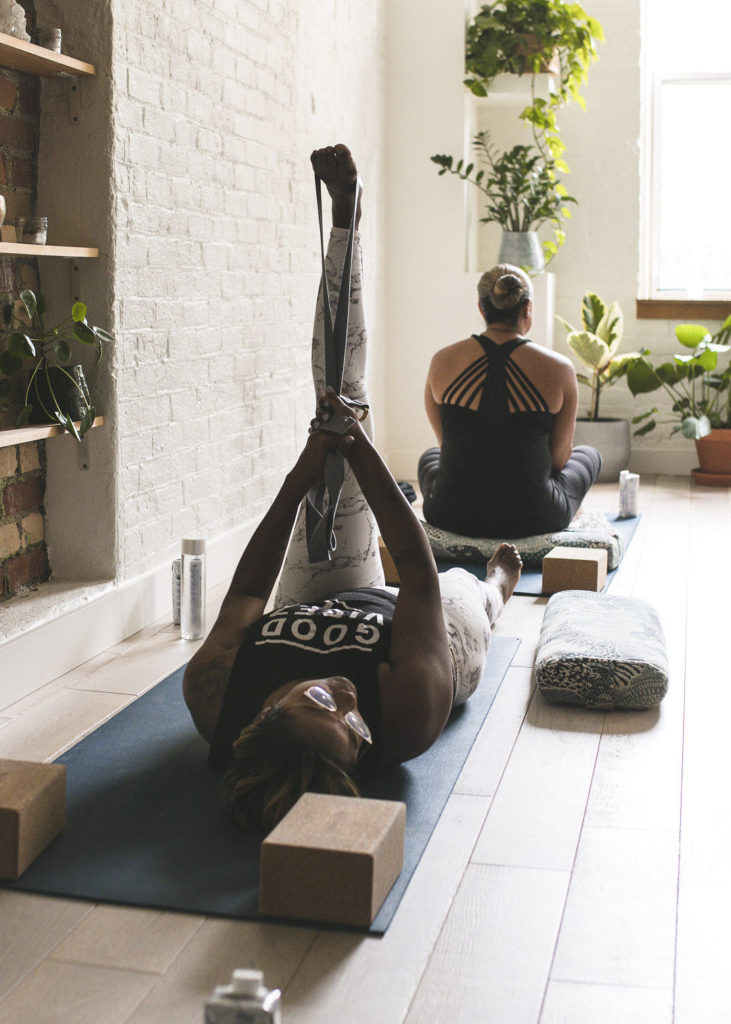
Both GoodBodyFeel and The Villij also offer their services to students at low and affordable rates. For those who are unable to afford them, they offer scholarships and occasional free workshops online to keep their work accessible to those who need it the most.
Lifting the financial burden of marginalized instructors attempting to enter the health and wellness communities is also another way that the industry is promoting diversity and inclusivity efforts. You Good, Sis? is a wellness community that fosters engagement for femme-identifying and Black and brown women of colour in the industry. They offer a fellowship fund for Black yoga instructors interested in entering the field to provide them with monetary support for certification and training as well as mentorship opportunities to grow their practices.
“When we think of the identities that are on the margins, what are these spaces doing to ensure and accommodate their sense of belonging?” Lacambra said. “So that racialized folks, queer folks and disabled folks feel welcome (and affirmed),”
Women like Lacambra, Knight, McKenzie and Lu give me hope for a better future for the health and wellness industry. Women of colour are reclaiming their narratives and are pushing to be initiators of change rather than committing to the status quo of the whitewashed wellness industry that has prevented numerous BIPOC from accessing wellness and good health.
“The body is the site of trauma, both ancestral and present day, and the body is the site of a future seed — it continues to keep us fragmented as individuals and as a community, and that is what colonialism and white supremacy wants us to be,” Lacambra said.
“We need to be allowed to arrive as our full selves to (wellness spaces) and have transparent conversations about how hard life is and use our mindfulness and our movement practice as a way to transmute that discomfort, that rage, that grief and that sadness into solutions,” she said.
“But we won’t be able to find solutions if we won’t admit that there’s a problem.”
This story was updated May 3, at 4:40 p.m. EST. In an earlier version, it was incorrectly reported that Shanelle McKenzie went to a studio for a reiki massage. That should have read as “head message”. It was also incorrectly reported that The Villij is a wellness studio, it is a Toronto-based wellness community.
